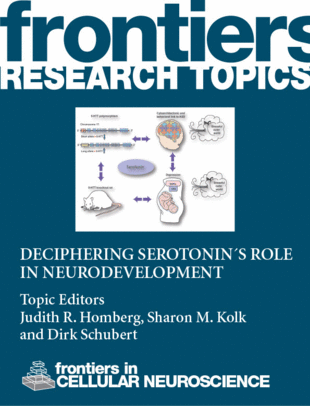关于多发性硬化症中变性与自身免疫之间复杂相互作用的新观点
IF 4.2
3区 医学
Q2 NEUROSCIENCES
引用次数: 0
摘要
多发性硬化症(MS)是一种常见的致残性神经系统疾病,其症状、临床体征和影像学异常通常随时间而波动,影响中枢神经系统的任何层面。突出的淋巴细胞炎症、许多涉及免疫途径的遗传易感性变异以及神经炎症成分对免疫调节药物的强效反应,使人们自然而然地得出结论,这种疾病是由原发性自身免疫过程驱动的。在这篇 "假设与理论 "文章中,我们将讨论对这一假设产生怀疑的新数据。经过三十年的治疗经验,我们已经清楚地认识到,强效免疫调节剂在抑制炎症复发方面非常有效,但对多发性硬化症后期进展阶段的影响却非常有限。此外,多发性硬化症组织的神经病理学检查表明,变性、中枢神经系统萎缩和髓鞘脱失在进展期最为突出,而此时淋巴细胞炎症却在矛盾地减弱。最后,"进展与复发活动无关 "和 "无声进展 "等新出现的临床观察结果现在被认为在病程早期就已开始,这些观察结果共同表明,潜在的 "细胞变性 "过程(可能以髓鞘单元为目标)实际上可能是复杂病理生理级联中最接近的一步,而自身免疫性炎症叠加又加剧了这一过程。这与更多传统的神经退行性疾病相似,在这些疾病中,朊病毒样毒性错误折叠物种的渐进性蛋白病变起到了关键作用。此外,还讨论了 Epstein-Barr 病毒和 B 细胞在这一过程中可能起到的关键作用。本文章由计算机程序翻译,如有差异,请以英文原文为准。
New views on the complex interplay between degeneration and autoimmunity in multiple sclerosis
Multiple sclerosis (MS) is a frequently disabling neurological disorder characterized by symptoms, clinical signs and imaging abnormalities that typically fluctuate over time, affecting any level of the CNS. Prominent lymphocytic inflammation, many genetic susceptibility variants involving immune pathways, as well as potent responses of the neuroinflammatory component to immunomodulating drugs, have led to the natural conclusion that this disease is driven by a primary autoimmune process. In this Hypothesis and Theory article, we discuss emerging data that cast doubt on this assumption. After three decades of therapeutic experience, what has become clear is that potent immune modulators are highly effective at suppressing inflammatory relapses, yet exhibit very limited effects on the later progressive phase of MS. Moreover, neuropathological examination of MS tissue indicates that degeneration, CNS atrophy, and myelin loss are most prominent in the progressive stage, when lymphocytic inflammation paradoxically wanes. Finally, emerging clinical observations such as “progression independent of relapse activity” and “silent progression,” now thought to take hold very early in the course, together argue that an underlying “cytodegenerative” process, likely targeting the myelinating unit, may in fact represent the most proximal step in a complex pathophysiological cascade exacerbated by an autoimmune inflammatory overlay. Parallels are drawn with more traditional neurodegenerative disorders, where a progressive proteopathy with prion-like propagation of toxic misfolded species is now known to play a key role. A potentially pivotal contribution of the Epstein–Barr virus and B cells in this process is also discussed.
求助全文
通过发布文献求助,成功后即可免费获取论文全文。
去求助
来源期刊

Frontiers in Cellular Neuroscience
NEUROSCIENCES-
CiteScore
7.90
自引率
3.80%
发文量
627
审稿时长
6-12 weeks
期刊介绍:
Frontiers in Cellular Neuroscience is a leading journal in its field, publishing rigorously peer-reviewed research that advances our understanding of the cellular mechanisms underlying cell function in the nervous system across all species. Specialty Chief Editors Egidio D‘Angelo at the University of Pavia and Christian Hansel at the University of Chicago are supported by an outstanding Editorial Board of international researchers. This multidisciplinary open-access journal is at the forefront of disseminating and communicating scientific knowledge and impactful discoveries to researchers, academics, clinicians and the public worldwide.
 求助内容:
求助内容: 应助结果提醒方式:
应助结果提醒方式:


